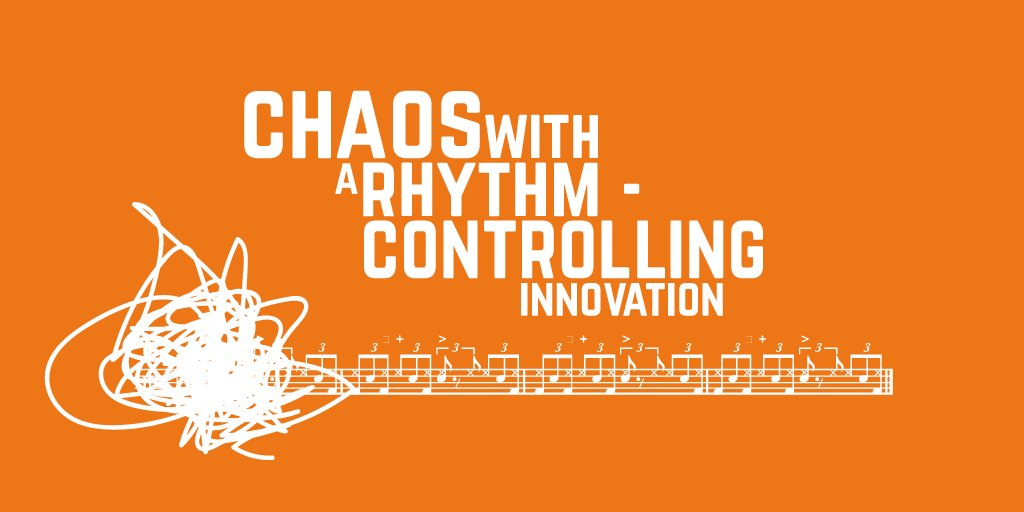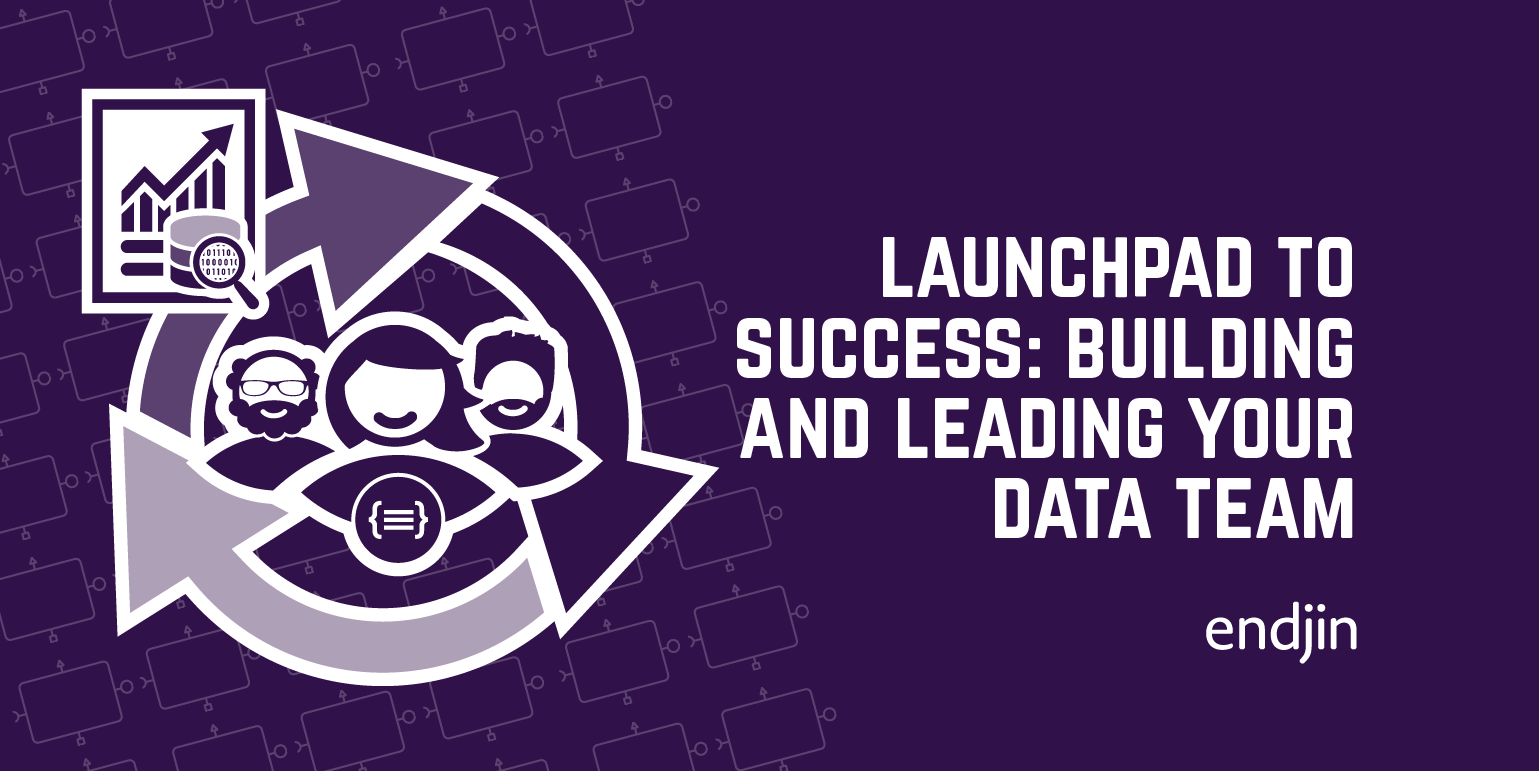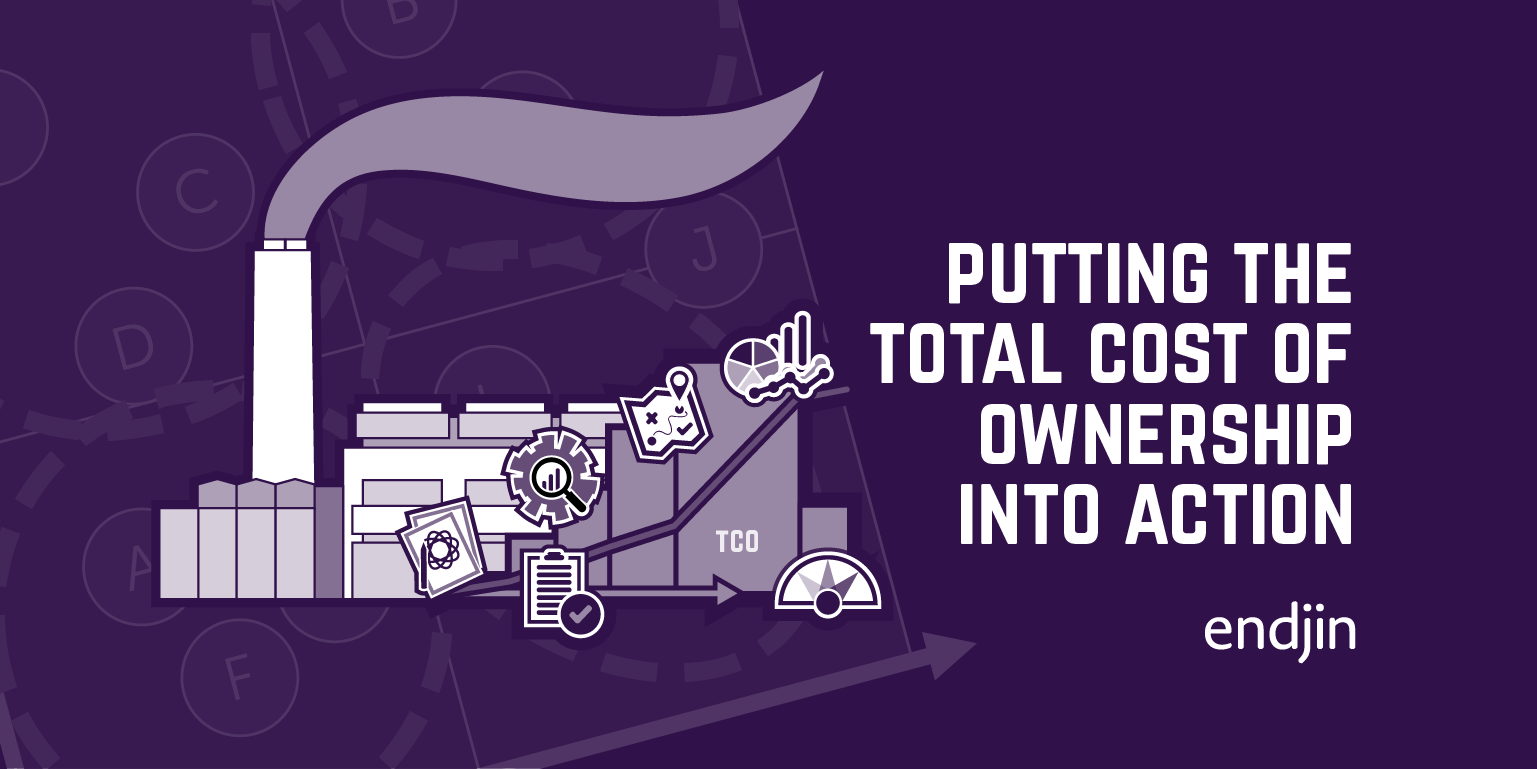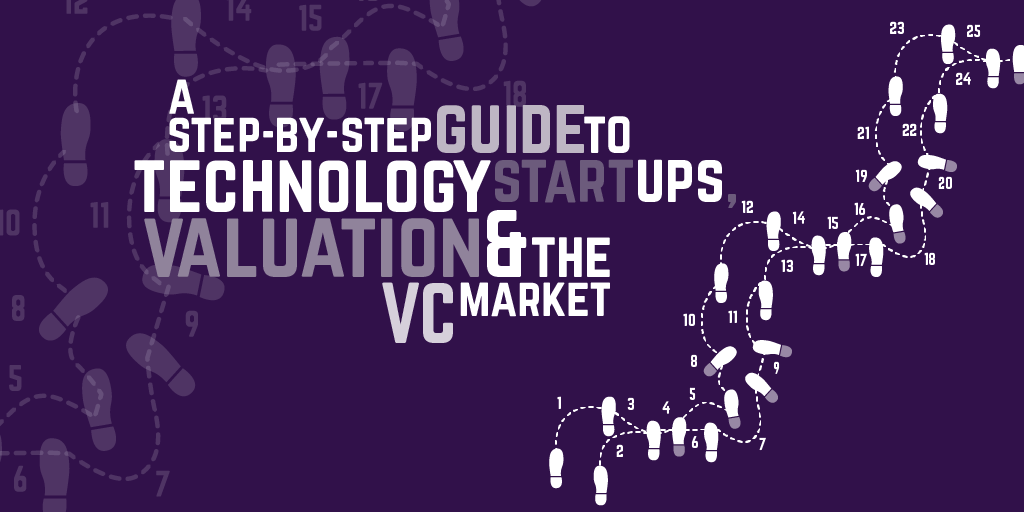Chaos with a rhythm - controlling innovation


Running a start-up or bootstrapping a new product within an established business can feel pretty chaotic.
Ideas develop, explode, or fade into silence. You are pulled in different directions by investors (present and future), customers, regulators, your team, the competition. It seems that everything needs to be done yesterday, but nothing is ever finished.
Our series on New Product Development talks to the systems and processes you can use to get a grip on your innovation program, and ways of organizing your team that help with focus and communications.
But process is only half of the equation; when you have so many people making demands on the team, and the outcome of any process is inherently unpredictable, how do you avoid descending into total chaos?
Thriving on chaos?
Of course, most entrepreneurs claim to thrive on this chaos - the semi-mythological swashbuckling, seat-of-your-pants business pioneer. And indeed, they do. But, of course, most such businesses fail. The adrenalin rush of snatching a stay-of-execution as the hangman's noose tightens around your project is, for many, the thrill of the start-up.
No matter how well run, most start ups will experience that particular exhilaration without inducing it through poor business practices. We can, and should, do better.
Stakeholders value trust
One reason entrepreneurs tend to chaos is the unsustainability of the commitments they make in their investor pitches (and then to their investor reps on the board).
It's hard to overstate the premium VCs put on trust Deepak Malhotra, Harvard Business Review
Ultimately, this is counterproductive. As with any stakeholder relationship, there is a premium on predictability. A reliable, trustworthy partner is given more freedom to operate in good times, and more support when things turn bad. That's equally true of investors, partners, customers, your team - and you.
One of the best ways to be that reliable partner is to establish rhythms within the business which support the needs of all the stakeholders, and to never, ever deviate from that rhythm, regardless of the whirling cacophony around it.
Establish the rhythm of the business
- Grid out all the stakeholders you have, internal and external. Don't forget to include yourself.
- List the natural cycles that impact on them - daily, weekly, monthly, quarterly etc. Don't try to force the cadence of communication - fit with whatever is natural.
- Create a sketch of the dependencies between stakeholders - the needs and the commitments.
- Flatten the dependencies into the grid - work out which commitments need to be communicated when, and to whom.
- Agree a format for each communication - forum, report, video, interpretative dance.
- The most important commitment is the commitment to the rhythm of the business. Deliver your communications obligations honestly, and without fail.
- Share the whole grid with all the internal stakeholders
- Share as much of the grid as is non-confidential with external stakeholders. Be as open as possible. Transparency breeds trust.
Communications channels
At endjin, we take this approach with all our stakeholder communication.
Although we might use tools like Skype for Business's video calls for ephemeral, day-to-day conversations, all our Rhythm of the Business communications are executed in a way that is persistent, and, ideally, searchable.
Daily team comms might be in Slack; weekly team updates will be recorded and published in our Office 365 video portal; clients may receive a monthly budget updates and one or more screencasts to walk them through the deliverables they have received for the investment.
We will also schedule regular meetings to clarify any issues with the communications - although those meetings become shorter and shorter as everyone adapts to the rhythm of the business. You can than use scheduled face-to-face time to develop the relationships, rather than wade through project detail.
The advantage of using persistent, searchable means of communication is that anyone can go back and review past communications, understand how the thinking and the plan has evolved (and why), and get under the skin of the project without having to interrogate the team. This makes on-boarding easier, and helps to manage across and up as new stakeholders become interested in the project.
Hold yourself to account
This regular, "without-fail" rhythm also encourages good behaviour around the commitments that you make. If you know you are absolutely going to be held to account for those commitments, unambiguously, and on a short timescale, it is huge incentive to do the right thing.
You don't promise to roll a product out to 10 new territories, when you know you will struggle to deliver 1.
You don't promise to bring in 5 new customers, when only 1 is ready to land.
Do that kind of thing for a few consecutive reports, and you will lose all the trust your investors, partners and employees have placed in you.
Do that once, in the run-up to a funding round, and you might find that the investor pulls the term sheet.
You cannot eliminate chaos
Of course, around these syncopated drumbeats, all may still be chaos. That's fine. Take risks, improvise. But the rhythm anchors the chaos, and allows the music to develop, and the other musicians to join in.




